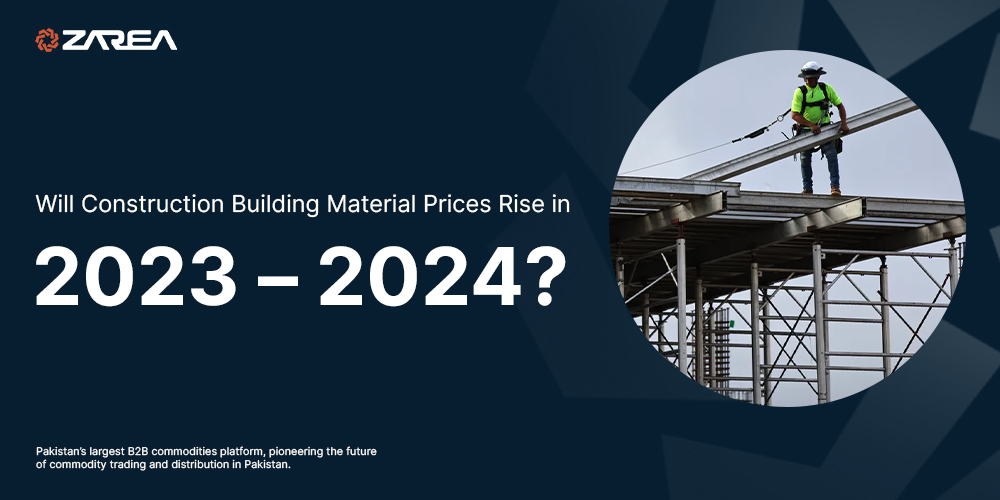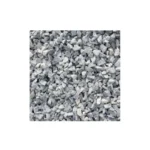As we approach 2023, the construction building material industry is expected to experience significant changes that will have a significant impact on building material suppliers. Building material suppliers will need to keep up with these trends to ensure that they are meeting the demands of their customers and staying ahead of their competitors. From sustainable building materials to the adoption of digital technologies, the following six trends are expected to affect building material suppliers in 2023. In this blog, we will explore these trends in more detail and discuss how building material suppliers can adapt to them.
Supply and Demand
One of the most significant factors that can impact the price of building materials is the supply and demand of these materials. If the demand for construction projects increases and the supply of materials is limited, this can lead to an increase in prices. Conversely, if there is a surplus of materials and the demand for construction projects decreases, this can result in a decrease in prices. Currently, there is a high demand for building materials due to the growing construction industry and increasing infrastructure projects, which may contribute to a potential increase in prices.
Tariffs and Trade
Tariffs and trade policies can also have a significant impact on the cost of building materials. In recent years, there has been significant trade tension between the United States and other countries, resulting in tariffs on materials such as steel, aluminum, and lumber. These tariffs have contributed to an increase in the cost of building materials in the United States. Additionally, supply chain disruptions caused by the COVID-19 pandemic have led to increased shipping costs and delays, which may also contribute to an increase in prices.
Labor Costs
Another factor that can affect the cost of building materials is labor costs. As the cost of labor increases, so does the cost of producing and transporting building materials. Labor shortages in the construction industry have been a significant concern in recent years, and this may lead to increased labor costs and ultimately an increase in the price of building materials.
Energy Costs
Energy costs can also impact the price of building materials, particularly for materials that require significant amounts of energy to produce, such as steel and cement. If energy prices rise, this can lead to an increase in the cost of these materials and ultimately an increase in the cost of construction projects.
Sustainability
Sustainability is becoming an increasingly important factor in the construction industry, and building material suppliers may need to invest in more sustainable materials and processes to meet the demands of their customers. While sustainable materials may initially be more expensive to produce, there may be cost savings in the long run as these materials may have a longer lifespan and require less maintenance.
Digitalization
The adoption of digital technologies in the construction industry may also impact the cost of building materials. Digital technologies such as building information modeling (BIM) and 3D printing may lead to increased efficiency and reduced waste in the production of building materials, potentially reducing costs.
Conclusion
While it is impossible to predict the future with certainty, it is likely that building material prices will continue to be impacted by a variety of factors in 2023-2024. Building material suppliers may need to be prepared to adapt to these changes and invest in more sustainable and efficient production processes. By staying informed about market trends and working closely with customers, building material suppliers can continue to provide high-quality materials while managing costs.

































